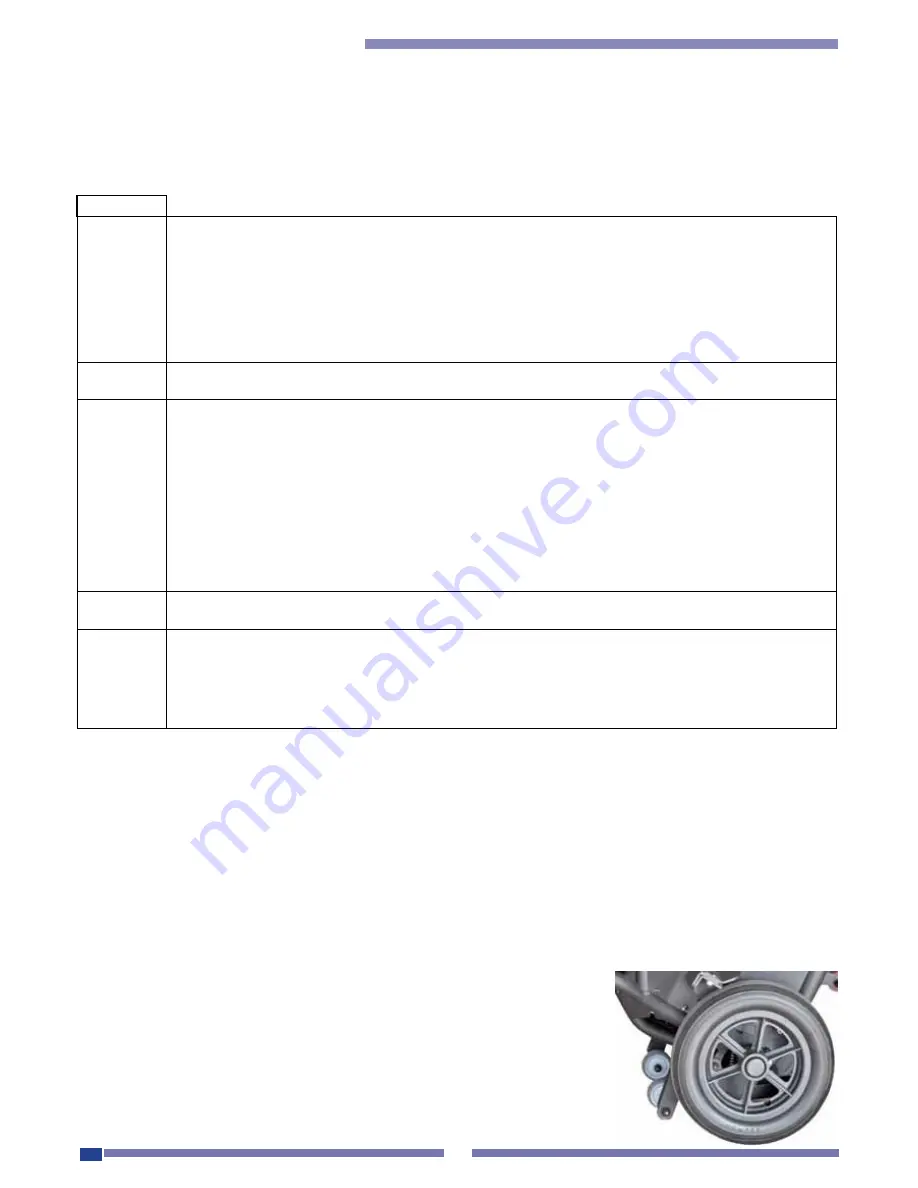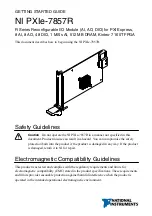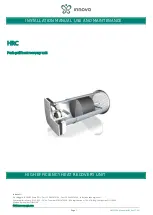
44
10 ROUTINE MAINTENANCE
The device requires routine maintenance as any other product in order to keep it in perfect working order, even after years of use.
Remove food debris, hair and anything else that can accumulate, such as dust on a daily basis; a vacuum cleaner can be
used for this.
The following table indicates the frequency with which maintenance must be performed. Constant checking should prompt the
user to carry out necessary maintenance operations based on actual necessity
Routine maintenance table
Frequency
6
months
Cleaning the metal parts (ref. 10.1)
Depending on use and necessity, clean and lubricate the parts indicated
Pulizia delle parti in plastica (ref. 10.2)
Depending on use and necessity, clean the parts indicated
Cleaning the wheels (ref. 10.3)
Depending on use and necessity, clean and lubricate the parts indicated
2
months
Lubrication
Depending on use and necessity
1
year
General inspection
• check wheel functionality
• check brake system
• check that upholstery and padding is intact
• check that fastening screws are tightened
• check that tightening hand wheels of the various parts are intact
• check the controls on the electrical panel
• check the up / down buttons
• check the battery charger’s cables and connector
• check the paint
• check that the plastic parts are intact
6
months
Battery
Make sure the charging time of the battery is not too long; if it is, contact the authorised service centre
upon each
sale to third
parties or
recommis-
sioning
Disinfection
Attention! The use of disinfectants is reserved exclusively for authorised personnel who are adequately
trained to use of these products
The device must be disinfected by specialised centres in compliance with the provisions established by the
competent health authorities.
For additional information contact the authorised service provider.
10.1 Cleaning the metal parts
The painted metal parts can be used cleaned with commercial sprays sold for household use, but they should not contain
alcohol or solvents as these may cause discolouring or damage the paint itself.
The chrome parts can be cleaned with normal household products and then thoroughly dried. Do not use water jets or
sprays.
10.2 Cleaning the plastic parts
Use a common commercial detergent for plastics to clean the plastic parts, and follow the instructions and warnings provided
along with the product.
Do not use alcohol or solvent-based products
Do not use water jets or sprays
10.3 Cleaning the wheels
The wheel should be cleaned periodically, depending on the wheel type and the
environment in which the wheelchair is used.
Remove any solids from the surfaces that can become wedged in the wheel and
any wires and hair that can become wrapped around the hub making rotation
difficult.
Clean the brake wheel mechanism using a brush.





































